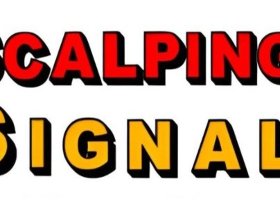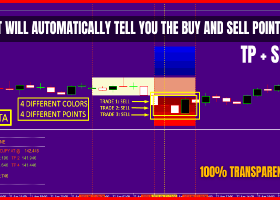
Week Ahead USD And Fed Hikes: The Timing Vs The Grand Total - Credit Agricole
We break down the USD response function to Fed tightening into two components. The first is the expected total number of hikes in the coming years, approximated by the slope of the short-end of the US yield curve. The second is the expected timing of the next rate hike, approximated by short-term rate expectations. Our econometric analysis suggests that the steepening of the US yield curve has been the main support for the USD rally prior to Brexit. It has lost significance ever since, however, as investors pared back their long-term rate hike expectations and the curve flattened.
Copy signals, Trade and Earn $ on Forex4you - https://www.share4you.com/en/?affid=0fd9105
Short-term rate expectations have been generally supportive for USD since the December lift-off and we think that constructive Fed rhetoric and a rate hike in the coming months should continue to help the currency. Our analysis suggests, however, that the impact may not last unless we see a renewed sustained steepening of the US yield curve.
While the latest US curve flattening is starting to look aggressive by historic standards, there are reasons to believe that investors will remain cautious when frontloading Fed rate hikes once again. Indeed, recent Fed comments about the declining natural rate in the US and abroad are hardly calling for a major rethink of the dovish long-term market rate expectations.
Over the longer-term, a shallower and slower Fed tightening cycle could support demand for yield. That said, lingering uncertainty about global growth and inflation should act as a counterweight, keeping the outlook for the G10 commodity currencies less rosy. The limited scope for further easing by the ECB and the BoJ could also point towards some resilience of the EUR and JPY against the USD.
In terms of FX vol space, spot volatility and key market events remain drivers for FX implied vols. However, we expect spot moves to be more important for front-end vols while for longer-dated vols interest rate volatility should have a greater influence. A slower pace of Fed hikes coupled with limited scope for further easing by other central banks suggests a lower prospect of volatility in future interest rates, which could weigh on longer-dated vols.


